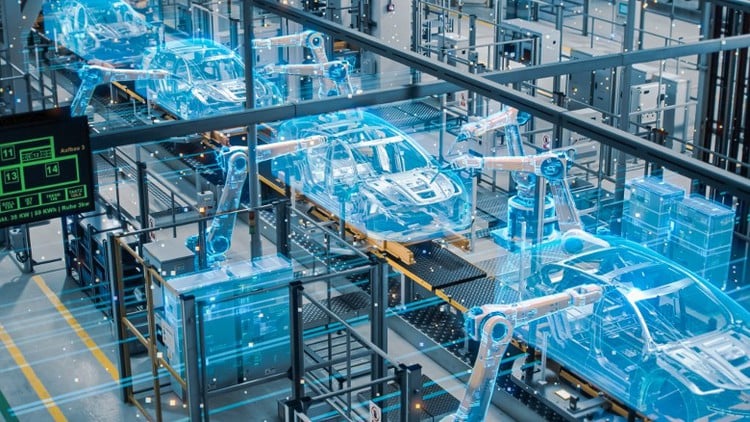In today’s fast-paced technological landscape, maintaining high-quality standards is crucial for businesses across various industries. One of the most significant advancements in recent years is automated defect detection, a process that leverages artificial intelligence and machine learning to identify flaws in products or systems. This innovation is transforming quality assurance by enhancing accuracy, efficiency, and overall productivity.

The Importance of Automated Defect Detection
Automated defect detection is essential for ensuring that products meet the highest quality standards. It helps companies detect errors early in the production process, reducing waste and saving costs. By implementing this technology, businesses can improve their reputation and customer satisfaction, as high-quality products are more likely to meet consumer expectations.
How Does Automated Defect Detection Work?
At its core, automated defect detection employs advanced algorithms to analyze data collected from various sources. These algorithms can identify patterns and anomalies that indicate potential defects. The system then flags these issues for further investigation or correction, allowing teams to address problems before they escalate.
Key Benefits of Automated Defect Detection
1. Increased Accuracy
Traditional inspection methods rely heavily on human judgment, which can be subjective and prone to errors. Automated defect detection eliminates this issue by providing consistent, objective assessments based on data-driven insights.
2. Enhanced Efficiency
Automating the defect detection process significantly speeds up the inspection phase, enabling faster production cycles. This efficiency is particularly beneficial in industries where time-to-market is critical.
3. Cost Reduction
By identifying defects early, automated defect detection minimizes the need for costly rework or recalls. This proactive approach translates into substantial savings for companies.
Applications of Automated Defect Detection
1. Manufacturing
In manufacturing, automated defect detection is used to inspect products for defects such as cracks, misalignments, or surface imperfections. This technology ensures that only products meeting quality standards reach consumers.
2. Software Development
For software developers, test case mapping with AI enhances the defect detection process. Automated tools can identify bugs and vulnerabilities in code, improving software reliability and security.
3. Automotive Industry
The automotive sector benefits from automated defect detection by ensuring that vehicles are free from defects that could compromise safety. This technology is used to inspect everything from engine components to electronic systems.
Challenges and Limitations
Despite its advantages, automated defect detection does face some challenges. One primary concern is the initial cost of implementation, which can be significant. Additionally, the technology requires regular updates and maintenance to remain effective.
Data Privacy Concerns
As with any AI-driven technology, data privacy is a critical consideration. Companies must ensure that their systems comply with regulations to protect sensitive information.
The Future of Automated Defect Detection
The future of automated defect detection looks promising. As technology continues to advance, we can expect even more sophisticated systems capable of detecting defects with unprecedented accuracy. This evolution will further solidify the role of automation in quality assurance.
Integration with IoT
The integration of automated defect detection with the Internet of Things (IoT) is an exciting development. By connecting inspection systems to IoT devices, companies can achieve real-time monitoring and predictive maintenance, further enhancing efficiency.
AI and Continuous Feedback
As AI technology evolves, we can anticipate more advanced feedback loops in QA processes. Continuous feedback will enable teams to make informed decisions quickly, reducing the risk of defects slipping through the cracks.
Conclusion
In conclusion, automated defect detection is revolutionizing the way industries approach quality assurance. By increasing accuracy, enhancing efficiency, and reducing costs, this technology is indispensable in today’s competitive market. As we look to the future, the continued evolution of automated defect detection promises even greater advancements in quality assurance.

FAQs
1. What industries benefit the most from automated defect detection?
Industries such as manufacturing, software development, and automotive greatly benefit from automated defect detection due to its ability to enhance product quality and safety.
2. Is automated defect detection expensive to implement?
While the initial cost can be high, the long-term savings from reduced waste and improved product quality often justify the investment.
3. How does automated defect detection improve software quality?
By using AI-driven tools to identify bugs and vulnerabilities, automated defect detection improves the reliability and security of software applications.
For more insights on how AI is transforming quality control, visit AI use cases for quality control.
This article contains affiliate links. We may earn a commission at no extra cost to you.

